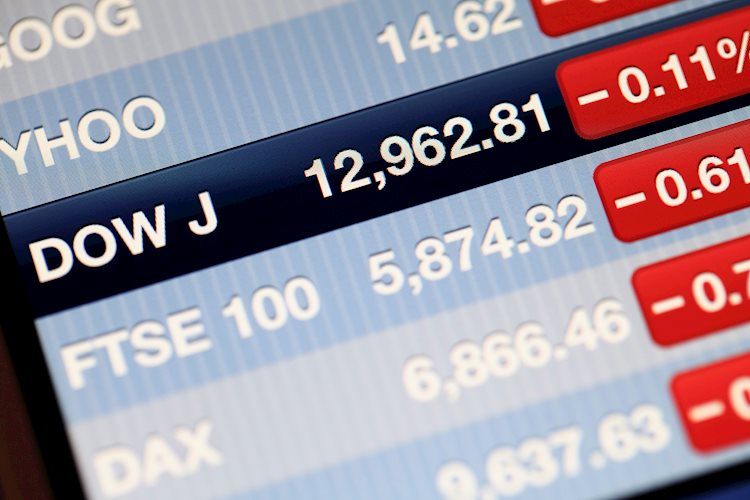The Dow Jones Industrial Average saw a significant rally on Wednesday, gaining over 300 points and marking a bullish turnaround following early-week declines that briefly pushed the index below 42,000. Despite lackluster August Wholesale Inventories data and cautious comments from Dallas Fed President Lorie Logan, investors showed confidence in the market, driving equities higher. The slight increase in US Wholesale Inventories was lower than expected, indicating shifting consumer consumption patterns between durable and non-durable goods.
Dallas Fed President Logan highlighted ongoing inflation risks during her speech, emphasizing the need for caution in light of strong economic growth. While markets hope for further rate cuts, the potential for increased inflation remains a key concern. The release of the Federal Open Market Committee’s Meeting Minutes from the September rate call later in the day will provide insights into the Fed’s future rate decision-making process, with markets closely monitoring any hints about potential rate cuts in the near future.
The Dow Jones continued its upward momentum on Wednesday, with most of its constituent equities seeing gains during the trading session. IBM and Nike led the charge, while Boeing struggled as a result of ongoing worker strikes. Despite a slight bearish pullback, the Dow Jones remains above its 50-day Exponential Moving Average and near record highs, signaling positive momentum and potential buy signals in the near term.
With the Dow Jones showing strong performance and remaining significantly above its September lows, market analysts expect further upside potential in the coming days. The index has returned substantial gains year-to-date, with momentum indicators suggesting a bullish outlook. Investors will continue to monitor economic data releases, Fedspeak, and the ongoing inflation debate to gauge the market’s direction and make informed investment decisions.
The Dow Jones Industrial Average, with its 30 constituent stocks, plays a crucial role in measuring market performance and investor sentiment. While the index has faced criticism for its limited representation compared to broader indices like the S&P 500, it remains a key barometer of economic health and financial stability. Factors such as company earnings reports, macroeconomic data, interest rates, and inflation levels drive the index’s movements, providing valuable insights for investors and analysts.
In conclusion, the Dow Jones Industrial Average continues to show resilience and upward momentum, with Wednesday’s rally reflecting investor confidence and optimism in the market. Despite ongoing challenges such as inflation concerns and unpredictable economic data, the index remains a key indicator of market performance and investor sentiment. As traders await further insights from the Fed’s Meeting Minutes and navigate market fluctuations, the Dow Jones stands as a beacon of stability and growth in the ever-evolving financial landscape.











